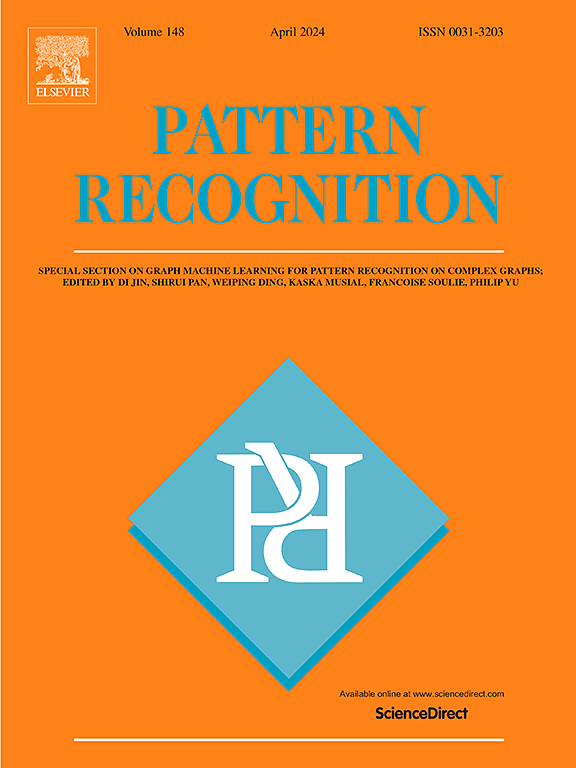ACQC-LJP: Apollonius circle-based quantum clustering using Lennard-Jones potential
IF 7.5
1区 计算机科学
Q1 COMPUTER SCIENCE, ARTIFICIAL INTELLIGENCE
引用次数: 0
Abstract
Quantum Clustering (QC) is widely regarded as a powerful method in unsupervised learning problems. This method forms a potential function using a wave function as a superposition of Gaussian probability functions centered at data points. Clusters are then identified by locating the minima of the potential function. However, QC is highly sensitive to the kernel bandwidth parameter in the Schrödinger equation, which controls the shape of the Gaussian kernel, and affects the potential function's minima. This paper proposes an Apollonius Circle-based Quantum Clustering (ACQC) method using Lennard-Jones Potential (LJP), entitled ACQC-LJP, to address this limitation. ACQC-LJP introduces a novel approach to clustering by leveraging LJP to screen dense points and constructing Apollonius circle-based neighborhood groups, enabling the extraction of adaptive kernel bandwidths to effectively resolve the kernel bandwidth issue. Experimental results on real-world and synthetic datasets demonstrate that ACQC-LJP improves cluster detection accuracy by 50% compared to the original QC and by 10% compared to the ACQC method. Furthermore, the computational cost is reduced by more than 90% through localized calculations. ACQC-LJP outperforms state-of-the-art methods on diverse datasets, including those with small sample sizes, high feature variability, and imbalanced class distributions. These findings highlight the method's robustness and effectiveness across various challenging scenarios, marking it as a significant advancement in unsupervised learning. All the implementation source codes of ACQC-LJP are available at https://github.com/NAbdolmaleki/ACQC-LJP.
求助全文
约1分钟内获得全文
求助全文
来源期刊

Pattern Recognition
工程技术-工程:电子与电气
CiteScore
14.40
自引率
16.20%
发文量
683
审稿时长
5.6 months
期刊介绍:
The field of Pattern Recognition is both mature and rapidly evolving, playing a crucial role in various related fields such as computer vision, image processing, text analysis, and neural networks. It closely intersects with machine learning and is being applied in emerging areas like biometrics, bioinformatics, multimedia data analysis, and data science. The journal Pattern Recognition, established half a century ago during the early days of computer science, has since grown significantly in scope and influence.
 求助内容:
求助内容: 应助结果提醒方式:
应助结果提醒方式:


